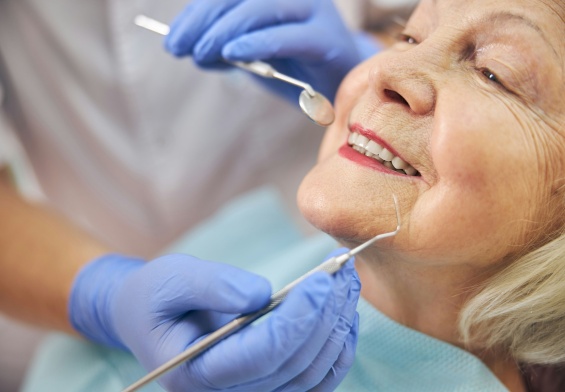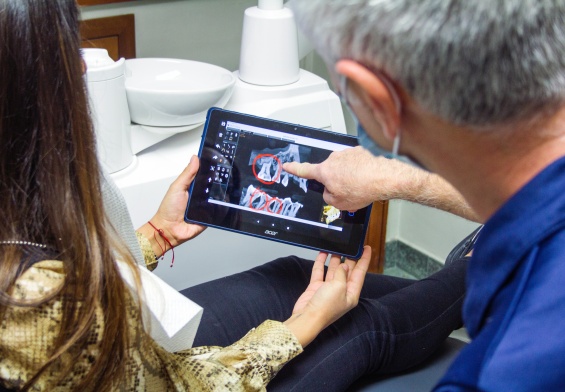Traditionally, milk is known for being good for teeth and bones. When you don’t have the time to pack lunch for the kids you don’t hesitate to remind them to buy milk. When did milk become the drink of choice for healthy teeth and bones? In fact, milk was so popular in America during the 50s and 60s that there was an occupation dedicated to delivering milk to homes. This healthy beverage continued momentum during the “Got Milk” ad campaign in the 90s and featured famous celebrities, including Britney Spears. Here you will find out why milk is still a recommended drink by dentists.
What Your Dentist Says About Milk
Milk has always been the best source of calcium and vitamin D. Studies have proven that the best way to prevent tooth loss is by drinking milk. The combination of both calcium and vitamin D will help you continue to maintain bone and tooth strength. Tooth loss can be caused by poor oral health, but drinking milk helps strengthen gum tissue. Children benefit from milk during the time in which their teeth have fallen out and are being replaced by newer permanent teeth. Interestingly, schools in the 1940s became a part of the first program to federally fund milk for students. This national program for school lunches was the start of a new line of thinking; it helped spread the information that milk is healthy for developing teeth and bones.
What Milk Contains
- Calcium
Milk has always been the best source of calcium. It not only improves the development of teeth and bones, but it maintains healthiness. It has been measured that approximately 306 milligrams of calcium can be found in one cup of skim milk.
- Choline
Milk is a source of choline, a nutrient known to improve overall acuteness in nerve impulses.
- Potassium
A high potassium intake decreases the possibility of heart attacks and stroke. Potassium is also good for keeping teeth free of plaque.
- Vitamin D
Vitamin D is good for maintaining healthy gums and preventing gum disease. It plays an important role in bone health by reducing the possibility of osteoporosis.
Milk Prevents Gum Disease
So many American’s are not even aware that they have gum disease until they visit the dentist for cleaning. Dentists will agree that part of dental hygiene starts with what you put in your body. There are plenty of healthy foods that actually help to fight gum disease and milk is in this list. Calcium, which is found in milk, strengthens teeth over time. However, milk is not a replacement for flossing and brushing your teeth.
Milk Prevents Tooth Loss
According to the American Society for Bone and Mineral research, you are less likely to lose your teeth if include calcium and vitamin D. The older we get the more important it becomes to be aware of what we consume. Osteoporosis is a disease that weakens bones. People that have this disease will tell you that bone strength in your jaw can greatly impact dental health. Drinking milk will also keep your body hydrated and this is especially good for saliva production. Saliva will wash away bacteria that cause plaque.
Broken Tooth and Cow’s Milk
It has been rumored that if you happen to chip or break a tooth you can save it by soaking it in milk before quickly seeing a dentist. Is there truth to this old wives’ tale? Medical professionals say yes. You have to be very careful in this situation and always call 911 during a serious emergency. The goal is to not let the tooth dry out. Don’t touch the root of the tooth; only hold it by the crown. Provided the tooth cannot be reinserted you should only use whole milk to store the tooth. If there is dirt you should not scrape, buff, or use alcohol. If you try removing the dirt using these methods you could risk drying out the tooth. The best option would be to soak the tooth in whole milk. If whole milk is not available safely store the tooth between your tooth and gum. If needed, rinse your mouth with warm water to clear blood or dirt. For any pain or discomfort take ibuprofen. If you were able to cleanly reinsert the tooth, it’s still a good idea to seek immediate care through an emergency dental office or the emergency room.




